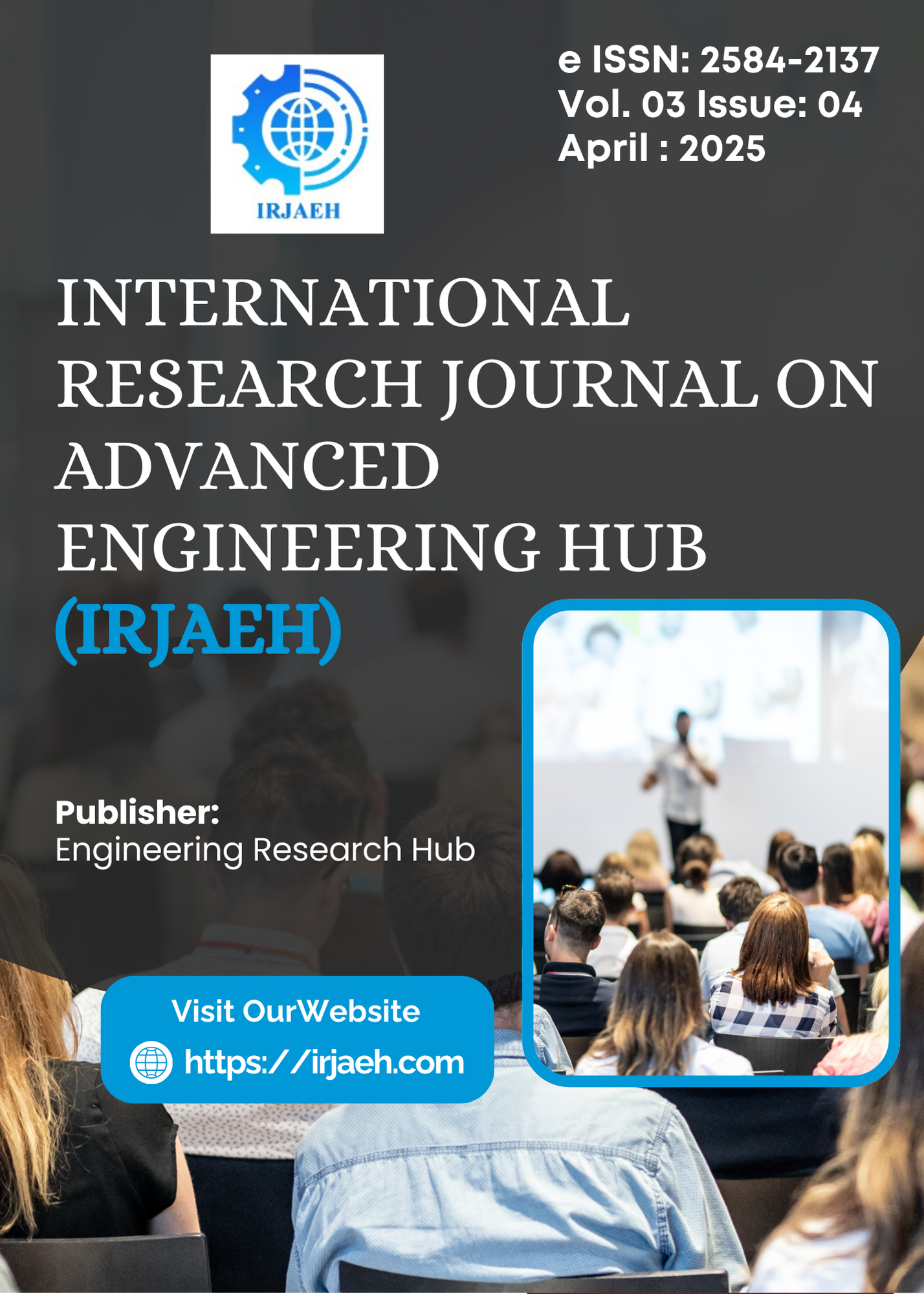Navigating The AI Revolution
DOI:
https://doi.org/10.47392/IRJAEH.2025.0174Keywords:
Artificial Intelligence (AI), Change Management, Digital Transformation, Human-Centric Leadership, Organizational Behavior, Work space AdaptationAbstract
In today’s fast-evolving digital era, artificial intelligence (AI) is no longer a distant concept-it is actively transforming the landscape of organizational behavior. From automating routine tasks to driving data-driven decision-making, AI is reshaping how people interact, collaborate, and perform within the workplace. As organizations race to adopt AI-driven solutions amidst a competitive and often overwhelming market, leaders face both tremendous opportunities and unprecedented challenges. On one hand, AI offers the promise of increased productivity, enhanced efficiency, breakthrough innovation, and accelerated growth. On the other, it brings complex issues such as ethical considerations, workforce displacement, skill gaps, and the need for adaptive leadership. Navigating this revolution requires a deep understanding of how AI influences human behavior in organizational settings. Leaders must balance technology with empathy, ensuring that AI complements human capabilities rather than replaces them. This paper explores the multifaceted impact of AI on organizational behavior, focusing on strategic adoption, cultural shifts, and human-centric leadership. It highlights real-world examples, insights, and frameworks that help organizations thrive in an AI-augmented environment. As we stand at the crossroads of technological disruption and human potential, the key lies in thoughtful integration-leveraging AI as a tool to empower, not overshadow, the human element. Help is indeed on the way, but it will come from informed, agile, and human-focused leadership that steers organizations through the AI revolution with clarity and purpose.
Downloads
Downloads
Published
Issue
Section
License
Copyright (c) 2025 International Research Journal on Advanced Engineering Hub (IRJAEH)

This work is licensed under a Creative Commons Attribution-NonCommercial 4.0 International License.

 .
. 